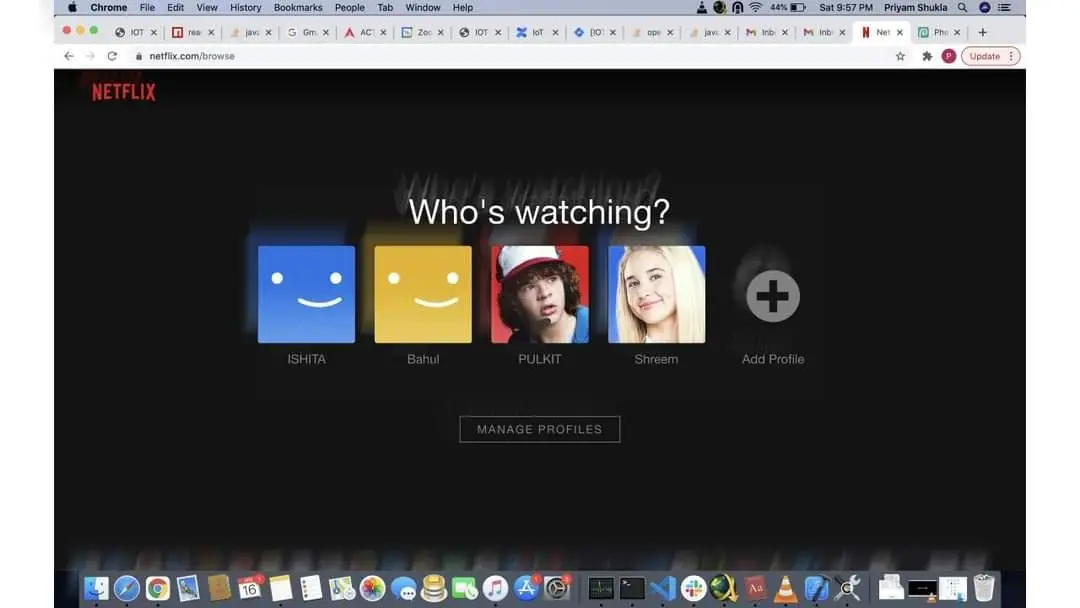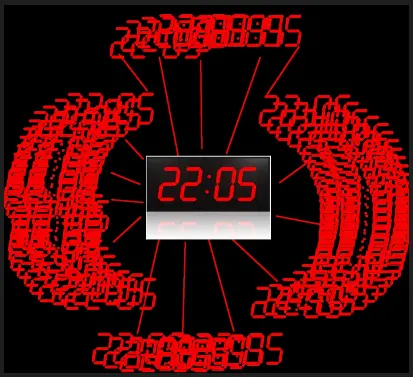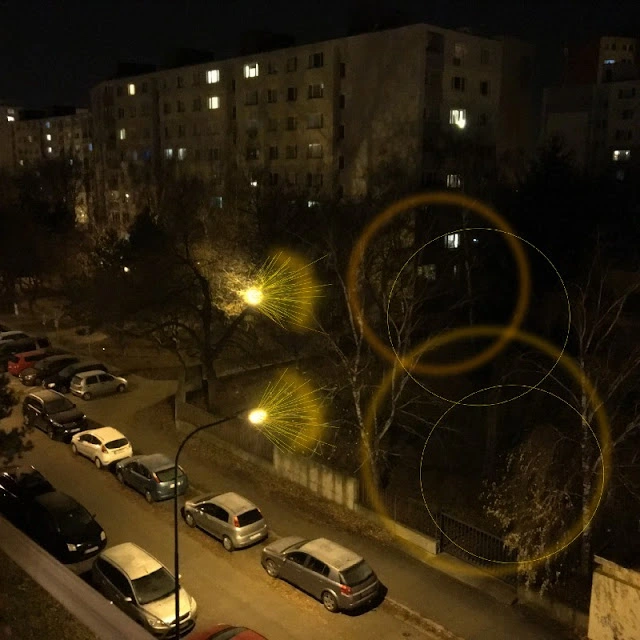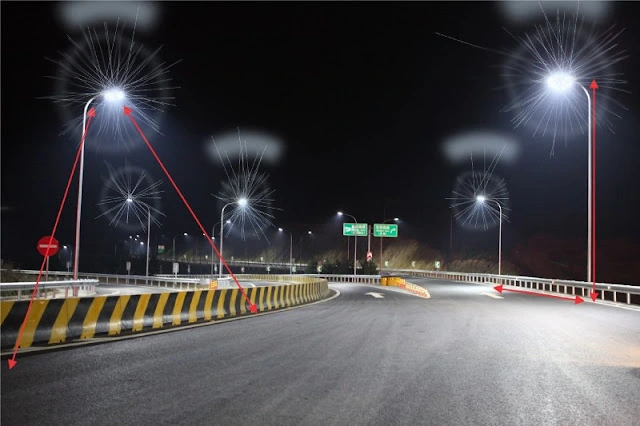I think I remember being able to switch to anonymous user with it.
- 0 Posts
- 70 Comments
DV is difficult to get working properly on PC, and last time I tried to set up an HTPC I ran into tons of remote control issues and it wasn’t simple enough that I could just hand the remote over to a guest (or my spouse).
2019 Shield has plenty of issues sure, but it still seems like the best option for me, personally.
Agree about disable network on the TV itself.
SmartTube


You can connect Jellyfin to an SSO provider. It still needs work, and client support is lacking. Ideally I think it maybe should be built in rather than a plug-in (would definitely encourage more client support). But it exists.
https://github.com/9p4/jellyfin-plugin-sso
Feature request for oidc/sso:
https://features.jellyfin.org/posts/230/support-for-oidc-oauth-sso
As it stands, you could enable both the SSO and LDAP plugins, and let users do password resets entirely through your auth provider.
Basically, this is all stuff that comes with Plex out-of-the-box, but you sort of have to glue it together yourself with Jellyfin, and it’s not yet in an ideal state. Plex is much much easier to configure. I wouldn’t allow yourself to believe that Plex doing all this for you will make you totally secure through – there’s been multiple incidents with their auth, and IIRC the LastPass attacker pivoted from a weak Plex install. Just food for thought.


Why does he suck?


I see a lot of comments in here against the cloud and saying that on-prem is better. My question is, why would on-prem uptime would be any better? Or is it more about a loss of control in moving to the cloud?


Right, but if you want a digital video library that hasn’t been compressed to hell by some streaming company then your only option is using Blu-ray as a source.


I had the same surgery for $7600 a year ago.
My glasses prescription was really strong, and my corneas are really thin, so LASIK wasn’t an option for me.
Anyone considering this surgery should research the side effects and risks (there are some meta-papers in medical journals that go over these items).
I experienced all of the visual artifacts below in the days/weeks after my surgery. At first they were very bad/noticeable.
After a couple of weeks, the only major issue was still getting halos. (Occasionally I also get the ghosting like in the Netflix image especially if my eyes are very tired).
Those have gradually diminished over the last year, and 99.9% of the time, I don’t even notice that I have the lenses in.
Night driving is a bit more annoying because I still get a lot of halos there, but it’s manageable, and my brain is better at filtering them out.
Overall getting this surgery was one of the best decisions I’ve ever made. I see better than 20/20, and no longer have to wear glasses/contacts. But I’m saying (to anyone reading this and considering it), go into it with the expectation of some risk (e.g. could cause early cataracts), and give your body time to recover from the surgery and your brain time to adapt & filter out the halos.







Yes, what you’re saying is the idea, and why I went with this setup.
I am running raidz2 on all my arrays, so I can pull any 2 disks from an array and my data is still there.
Currently I have 3 arrays of 8 disks each, organized into a single pool.
You can set similar up with any raid system, but so far Truenas has been rock solid and intuitive to me. My gripes are mostly around the (long) journey to “just Docker” for services. The parts of the UI / system that deals with storage seems to have a high focus on reliability / durability.
Latest version of Truenas supports Docker as “apps” where you can input all config through the UI. I prefer editing the config as yaml, so the only “app” I installed is Dockge. It lets me add Docker compose stacks, so I edit the compose files and run everything through Dockge. Useful as most arrs have example Docker compose files.
For hardware I went with just an off-the-shelf desktop motherboard, and a case with 8 hot swap bays. I also have an HBA expansion card connected via PCI, with two additional 8 bay enclosures on the backplane. You can start with what you need now (just the single case/drive bays), and expand later (raidz expansion makes this easier, since it’s now possible to add disks to an existing array).
If I was going to start over, I might consider a proper rack with a disk tray enclosure.
You do want a good amount of RAM for zfs.
For boot, I recommend a mirror at least two of the cheapest SSD you can find each in an enclosure connected via USB. Boot doesn’t need to be that fast. Do not use thumb drives unless you’re fine with replacing them every few months.
For docker services, I recommend a mirror of two reasonable size SSDs. Jellyfin/Plex in particular benefit from an SSD for loading metadata. And back up the entire services partition (dataset) to your pool regularly. If you don’t splurge for a mirror, at least do the backups. (Can you tell who previously had the single SSD running all of his services fail on him?)
For torrents I am considering a cache SSD that will simply exist for incoming, incomplete torrents. They will get moved to the pool upon completion. This reduces fragmentation in the pool, since ZFS cannot defragment. Currently I’m using the services mirror SSDs for that purpose. This is really a long-term concern. I’ve run my pool for almost 10 years now, and most of the time wrote incomplete torrents directly to the pool. Performance still seems fine.


Now that Truenas Scale supports just plain Docker (and it’s running on Debian) I think it’s a great option for an all-in-one media box. I’ve had my complaints with Truenas over the years, but it’s done a really great job at preventing me from shooting myself in the foot when it comes to my data.
I believe raidz expansion is also now in stable (though still better to do a bit of planning for your pool before pulling the trigger).


I am actually in favor of tariffs in a couple of limited situations:
-
Foreign goods are cheap due to non-existent labor laws
-
Foreign goods are cheap, but produce more emissions than domestic manufacturing
#2 is also called a carbon border adjustment mechanism, or CBAM, and the EU voted to implement one last year that goes into effect in 2026. The USA desperately needs one IMHO. I’m involved in a nonprofit that’s been lobbying Congress to implement our own CBAM.
It’s silly though to think that a tariff is anything but a tax. It’s not any different than any other way that we use our tax laws to try to regulate “pure” capitalism by encouraging certain behavior and discouraging other behavior.
-


I thought Republicans were the anti-tax party?
Streams flac. Good supplement to piracy. I might switch to Qobuz sometime, but it works well for now.
Please just don’t let the Cart Narc have a scandal. His work is too important.


I really enjoyed all 4 seasons.
It’s very character driven, which I know isn’t everyone’s cup of tea. I enjoyed seeing characters grow and change through the seasons and loved the way the show moved through different eras of technology.


Even with a free forum host, it’s difficult to keep things running for a long time.
Awhile back I was unsatisfied with how quickly my (new) furniture was degrading, and found a furniture forum run by a guy in the biz. So much knowledge on there about different furniture and how to actually find quality stuff that will last decades.
The owner retired this week, and he had been paying for an IT contract to do basic maintenance / upgrades on the forum (I think he started on a free host, but as it got bigger he eventually had to move it). He needed IT help basically to apply security patches and do upgrades. He’s stated that he no longer plans to pay for the maintenance contract. I’m guessing the forum will disappear soon.


I really like the way Katharine Hayhoe communicates this…
She explains how normal temperature fluctuations in the climate system are actually pretty similar, scaled down, to temperature fluctuations in your body throughout the day. You don’t typically worry if your body gets slightly warmer than average, but if it’s a a couple of degrees, suddenly you’re wanting to see the doctor, wondering who coughed on you, staying home from work, etc


It has been getting so bad that even boring regular phone trees will hang up on you if you insist on talking to a human. If it’s ISP / cellular, nowadays I will typically just say I want to cancel my account, and then have cancellations route me to the correct department.

If I have rate limiting set up (through crowdsec) to prevent bots from scanning / crawling my server, should I be as worried?